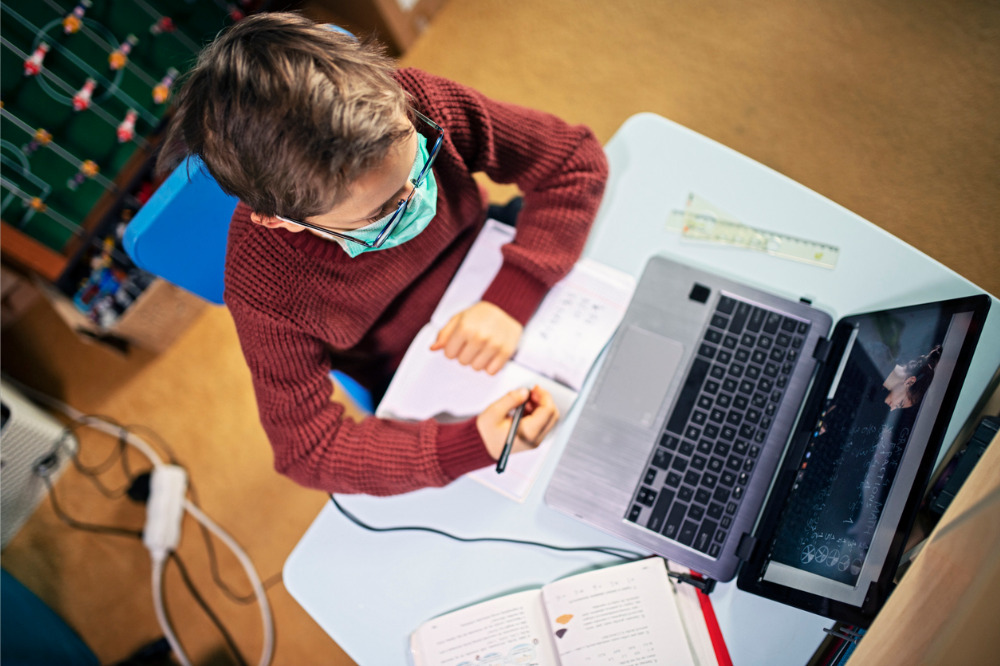
To ensure continuity of teaching and learning during the COVID-19 lockdown, schools across Australia have been moving their classes online, but new reports reveal serious teething pains with this monumental process.
A series of studies conducted by five leading Australian universities and commissioned by the Federal Education Department found the learning outcomes of 46% of all children could suffer from the transition.
The research had initially focussed on vulnerable students, such as those from low-SES households or with disabilities, but the cohort expanded significantly due to the recent economic downturn – which has seen more than 1.6 million Australians lose their jobs – and many families struggling with limited Internet access at home.
Another study, published by the Mitchell Institute, found that most schools across Australia were “completely unprepared” for the coronavirus (COVID-19) and for moving to virtual learning.
Professor Stephen Lamb, who holds the Research Chair in Education at Victoria University, warned that disadvantaged students would be hit the hardest if online learning continues for the rest of Term 2.
He said disadvantaged students in Year 5 would lose 1.5 weeks’ worth of literacy and numeracy education while Year 9 students would lose 2.3 weeks of reading and 3.3 weeks of numeracy.
“Unequal internet access is just the tip of the iceberg of the challenges some students face in doing their schooling online,” Professor Lamb wrote in the study, titled: ‘Impact of learning from home on educational outcomes for disadvantaged children’.
“A number of studies show that while online courses work well for some and offer little disruption, for others there are major challenges and the disruption is likely to lead to widening gaps in school learning over what would have occurred had they remained in face to face classrooms”.
Are kids safe from COVID-19? It depends on which experts you ask
A US study released on Monday has added to concerns about how safe it is for children to attend school at a time when the number of global infections from the COVID-19 pandemic has surpassed 3,000,000.
Researchers from the US Centres for Disease Control and Prevention examined more than 2,500 coronavirus cases among children younger than 18 in the US between February 12 and April 2 – the largest research sample of children with the coronavirus to date.
The study found that while the infection rate for children was generally lower compared to adults, 147 child patients were hospitalized, five were sent to intensive care and three died.
The study authors recommended that doctors maintain "a high index of suspicion" for children who could have COVID-19, especially for infants and kids with underlying conditions.
Dr Yvonne Maldonado, chair of the committee on infectious diseases at the American Academy of Pediatrics, told Time Magazine that for now, pediatricians say it still makes sense to assume children can be as vulnerable to infection as adults.
“We have to be very careful overall. We really don't know what we are dealing with here yet”.


